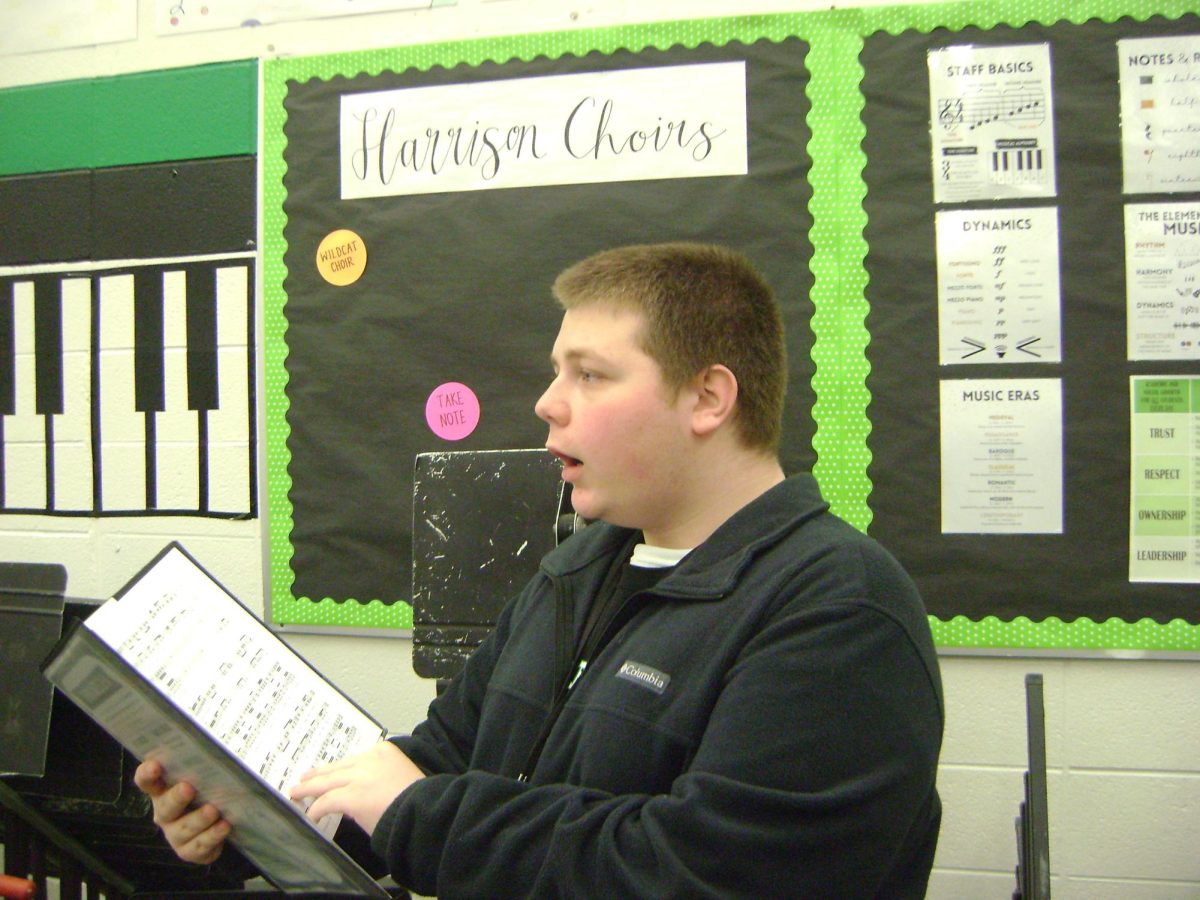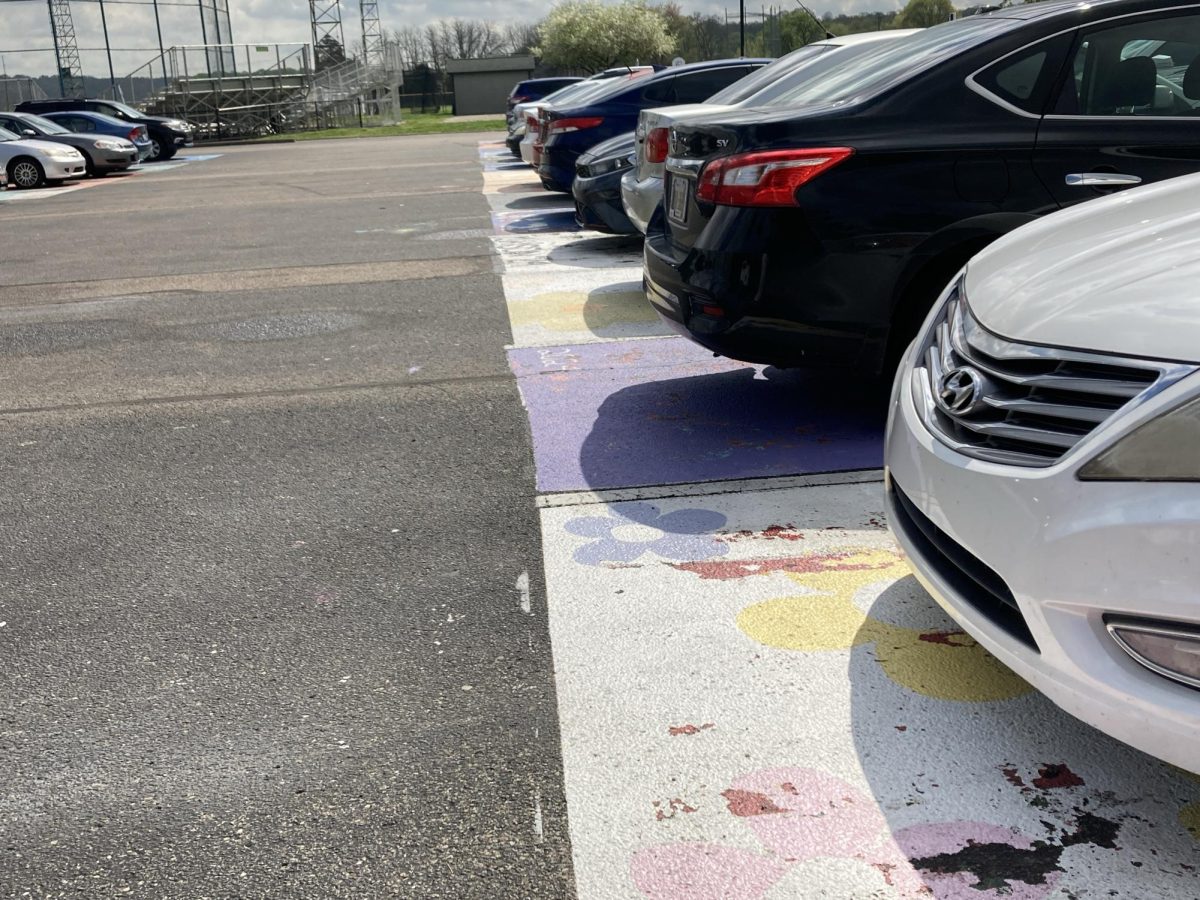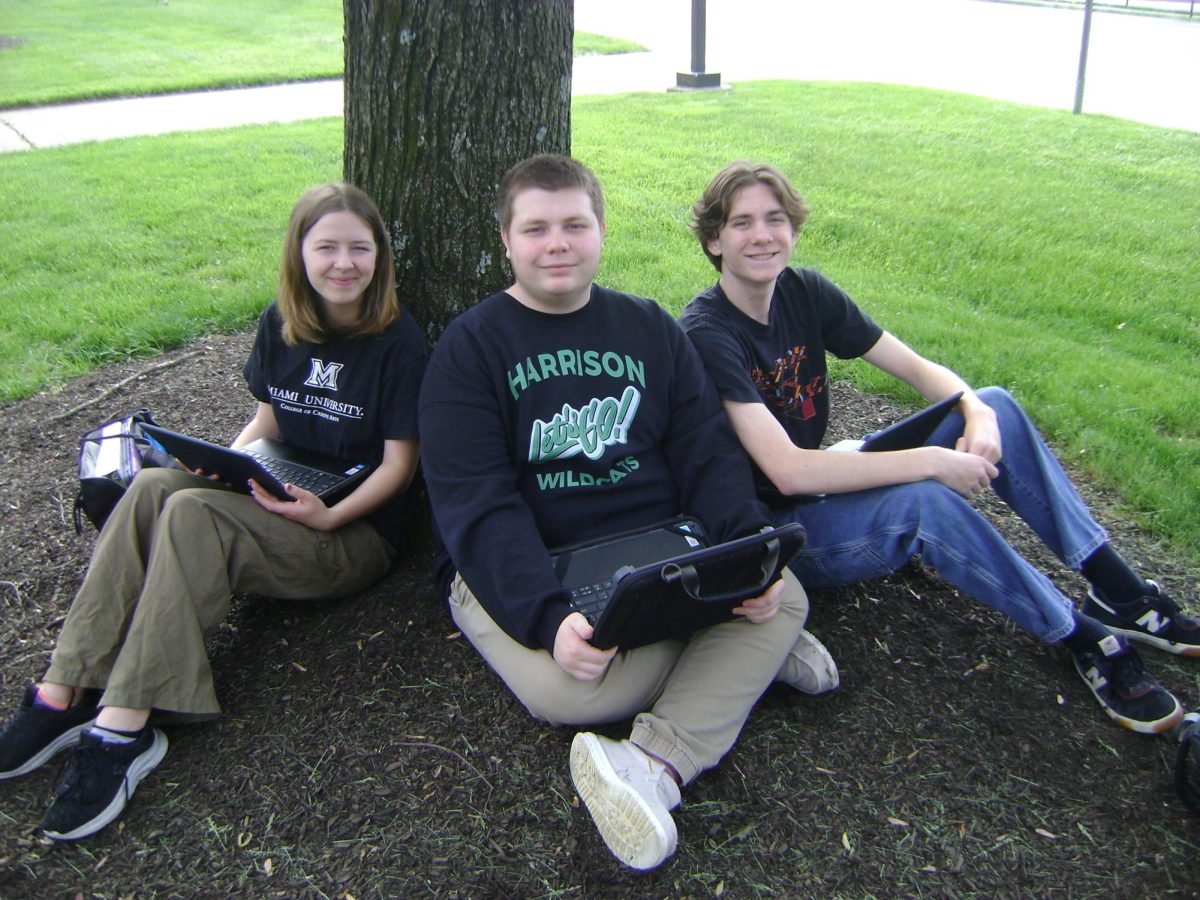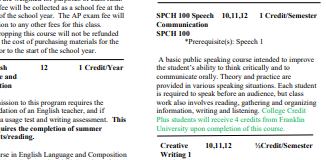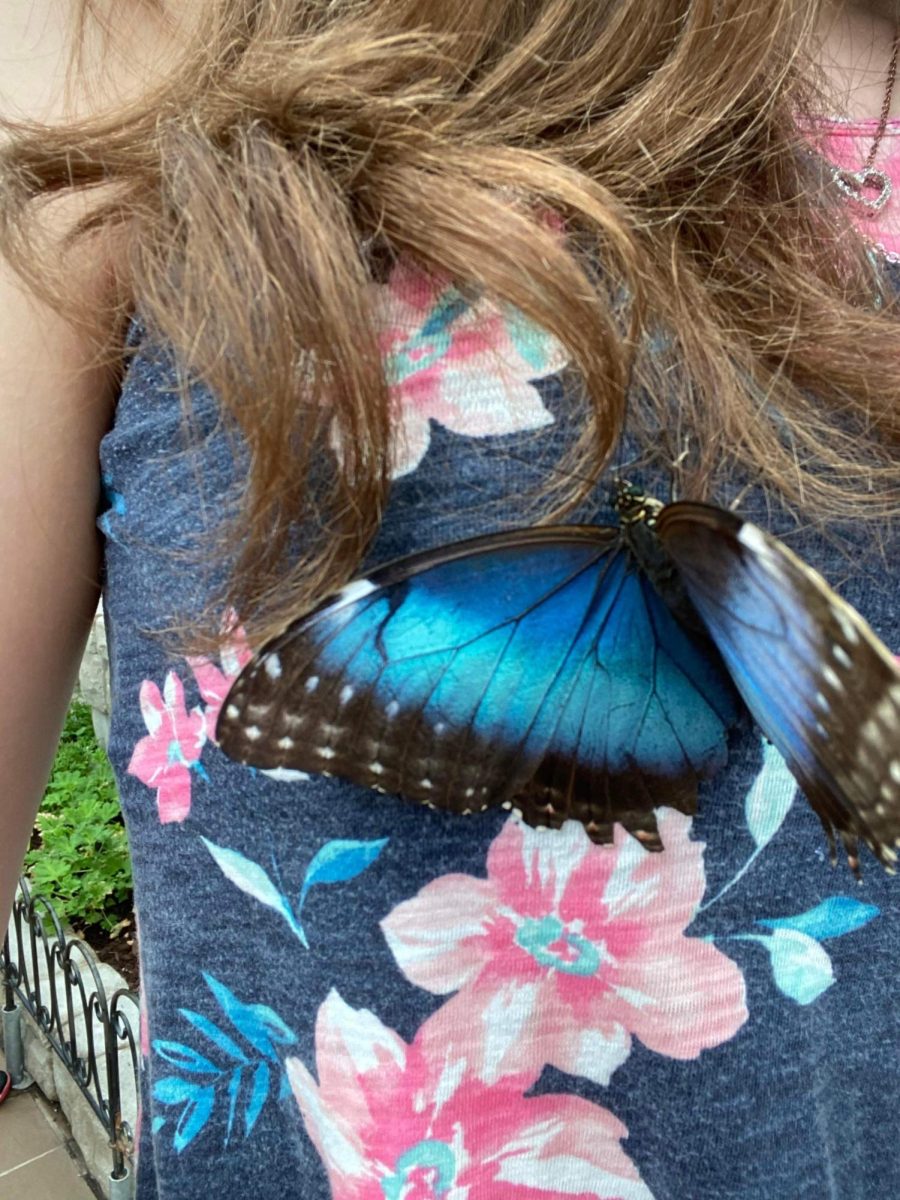Sitting in class indoors for 6-7 hours a day isn’t very ideal. Sure, you get 4 minutes to walk to your next class, but high school students need some outdoor time too.
Our school doesn’t provide time for everybody to go outdoors and get a break from learning and filling our brains with information. We don’t get a chance to clear our brains so we are able to concentrate better and take in more information and have a better learning experience. Not only would outdoor breaks give students a chance for rest and relaxation, but they would help students focus and learn for the rest of the day as well. Because we are nearing the testing and exam season, students are stressed out and need a break. Fortunately, the weather is nicer during these times, creating the perfect environment to spend a portion of the day outside doing work and studying. Studies show that spending time outside has numerous benefits, such as physical health, mental health, and enhanced learning. If teachers want to improve the productivity and attention of their students, they should consider time outside.
One of the benefits of having time outside during school hours is the increase in physical health. Exposure to natural light is one of the many ways students’ physical health can be improved. This helps regulate circadian rhythms, which leads to better sleep patterns and overall a better well-being. According to cemind.org, being outdoors for at least 30 minutes every day may help to improve sleep cycles by calming your mind and allowing you to relax. Being outdoors also promotes physical activities, such as walking or running, which are essential for cardiovascular health and muscle development. Additionally, being outside exposes students to fresh air, which reduces the risk of respiratory issues and boosts immunity. Science proves that the human body needs outdoor time to get the nutrients you need. Humans need vitamin D which comes from the sun and keeps your energy levels up. Teenagers struggle with anxiety, depression, and go through all sorts of personal struggles and being outdoors helps to negate these negative feelings. Being outside is shown to reduce anxiety and depression levels, and lessen negative feelings overall. What school doesn’t want that for their students?
Furthermore, mental health can also be improved by spending time outdoors. Exposure to natural environments has been proven to reduce stress levels, improve moods, and enhance cognitive functions. The University of Nevada researched this and stated: “rhythmic brain activity indicates better attention, higher functional connectivity and altered sensory processing”. Also, being in the presence of nature provides opportunities for relaxation, mindfulness, and stress relief, which can help alleviate symptoms of anxiety and depression. Outdoor activities also encourage social interaction, teamwork, and creativity, assisting positive peer relationships and self-esteem.
Lastly, spending time outdoors enhances learning for students by providing a relaxing, natural environment. Being exposed to natural settings stimulates curiosity and encourages exploration, fostering a deeper connection to academic concepts. Pacific Oaks College states on their website: “Outdoor learning helps foster the development of creativity, problem-solving, independence, and confidence”. Students can experience hands-on activities to engage with real-world circumstances and strengthen their understanding of a subject. Also, the open space and fresh air environment can improve focus, concentration, and creativity, deepening the understanding of educational material.
How can we incorporate outdoor time into the school day? Harrison has a lot of students. Some are responsible and some not, so it might be a challenge to make outdoor time possible. We can possibly try to incorporate outdoor times at lunch. We have everyone get their lunch and you can get the option to eat outside. If this becomes an issue like in our middle school, we can have people eat first for the first twenty minutes of their lunch period and offer the option to go outside during the last ten minutes of lunch.
There are some highly known issues with students not being able to handle being outdoors. Some of the students are immature and ruin it for other students, but that doesn’t mean that we shouldn’t try to give the opportunity for kids to be outside. I believe we should set up a system where there will be teacher volunteers to moderate the students that decide to go outdoors during lunchtime. The students who decide to act up can be sent back inside to the cafeteria and can try again the next day. Setting this system up with three strikes you’re out would help incentivize good behavior. The first strike is a warning. The second strike is a warning with the consequence of being sent inside for the rest of the time being, and the last strike you’re in for a lunch detention.
In addition to lunch, teachers can teach students outside to get fresh air and potentially do more exciting activities incorporated with learning. Our school could possibly provide a mini courtyard somewhere around the school, maybe where the benches are for a cozy space. More outdoor furniture would help teachers be able to get the benefits of outdoor time while still teaching their subjects.
Sandy Kauffman, the Mental Wellness Specialist at our school, stated “I absolutely think that it would be beneficial if teachers could incorporate time outside during school hours when they are able to. Being outside promotes curiosity, creativity and critical thinking. Being outside can boost your mood, lower your heart rate, increase energy levels and a strange one…even improve digestion. There are studies that show that levels of anxiety, stress, and others are reduced by being outdoors. When you are outside, the fresh air can help raise oxygen levels in your brain, which increases serotonin levels. Serotonin is the neurotransmitter that alters your mood. We have to be realistic, and of course the purpose of being at school is to learn, but any attempt from teachers to incorporate time outside is going to be beneficial for both the students and staff.”
Our school should provide this for students and teachers to get outside, relax, have fun, and improve the learning experience at Harrison high school.

